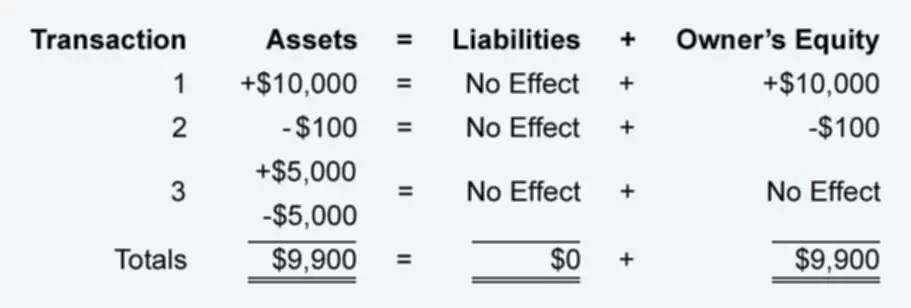Reporting Unearned Revenue Accounting for Managers
Content
- Recognizing unearned revenue: What is unearned revenue & how to calculate it
- Unearned revenue examples in the real world
- ProfitWell Recognized: A simple way to recognize unearned revenue
- Types of Unearned Revenue
- Definition and Example of Unearned Revenue
- Is unearned revenue a liability or an asset?
- The Importance of Unearned Revenue
It’s important to accurately track and report unearned revenue, so you can properly manage profit margins. This type of revenue usually comes from customers who have pre-paid for goods or services that will be fulfilled in the future. In this guide, we go over exactly what you need to know about reporting unearned revenue.

It is the prepayment a business accrues and is recorded as a liability on the balance sheet until the customer is provided a service or receives a product. The $5,000 payment you’ve received from your clients for the premium experience is considered unearned revenue. While you have been able to bring your clients in on a new premium experience, your business has yet to provide the services or products that have been promised in return for the opt-in.
Recognizing unearned revenue: What is unearned revenue & how to calculate it
This makes the accounting easier, but isn’t so great for matching income and expenses. Learn more about choosing the accrual vs. cash basis method for income and expenses. However, each accounting period, you will transfer part of the unearned revenue account into the revenue account as you fulfill that part of the contract. For simplicity, in all scenarios, you charge a subscription fee of $25 per month for clients to use your SaaS product.
This means the business earns $10 per issue each month ($120 divided by 12 months). Once goods or services have been rendered and a customer has received what they paid for, the business will need to revise the previous journal entry with another double-entry. This time, the company will debit its unearned revenue account while crediting its service revenues account for the appropriate amount. For example, imagine that a customer purchases an annual subscription for a streaming music service.
Unearned revenue examples in the real world
Get instant access to video lessons taught by experienced investment bankers. Learn financial statement modeling, DCF, M&A, LBO, Comps and Excel shortcuts.
- Every month the gym will make an entry to recognize the revenue from your membership.
- With compliant recording and follow through on client expectations, unearned revenue can make all the difference for securing growth standing out from competitors.
- It’s the preferred accounting method for many small businesses and solopreneurs.
- Click the image below to request a free demo and learn how Cube can simplify and streamline your financial reporting process.
- Unearned revenue is originally entered in the books as a debit to the cash account and a credit to the unearned revenue account.
- You can have deferred revenue on the cash flow statement without income, you can also have income without inflows of cash.
Trust is needed because it is rare for money and goods to exchange hands simultaneously. You can often find yourself receiving money long before you provide agreed upon services or, conversely, providing services and then waiting for payment. Allocate that amount on your books to recognize the revenue once the business obligation has been satisfied. Since the magazine issues will be delivered equally over an entire year, the company has to take the revenue in monthly amounts of $5 ($60 spread over 12 months). On July 1, Magazine Inc received a $60 payment for a one-year subscription from a new customer.
ProfitWell Recognized: A simple way to recognize unearned revenue
At the same time, the revenue account increases with a credit. The credit and debit will be the same amount, following standard double-entry bookkeeping practices. Consumers, meanwhile, generate deferred revenue as they pay upfront for an annual subscription to the magazine. A publishing company may offer a yearly subscription of monthly issues for $120.
Due to the revenue recognition process, cash flow and income are not inherently linked. You can have deferred revenue on the cash flow statement without income, you can also have income without inflows of cash. No, unearned revenue is not an asset but a liability, and you record it as such on a company’s balance sheet. An easy way to understand deferred revenue is to think of it as a debt owed to a customer. Unearned revenue must be earned via the distribution of what the customer paid for and not before that transaction is complete. By delivering the goods or service to the customer, a company can now credit this as revenue.
Types of Unearned Revenue
Businesses, large and small alike, must ensure their bookkeeping practices comply with accounting standards like GAAP. It’s important to track and monitor this data over time to ensure that the cash what is unearned revenue flow statement properly reflects financial performance. The balance sheet, also known as the “Statement of Financial Position,” presents a snapshot of a business’s assets, liabilities, and equity.
